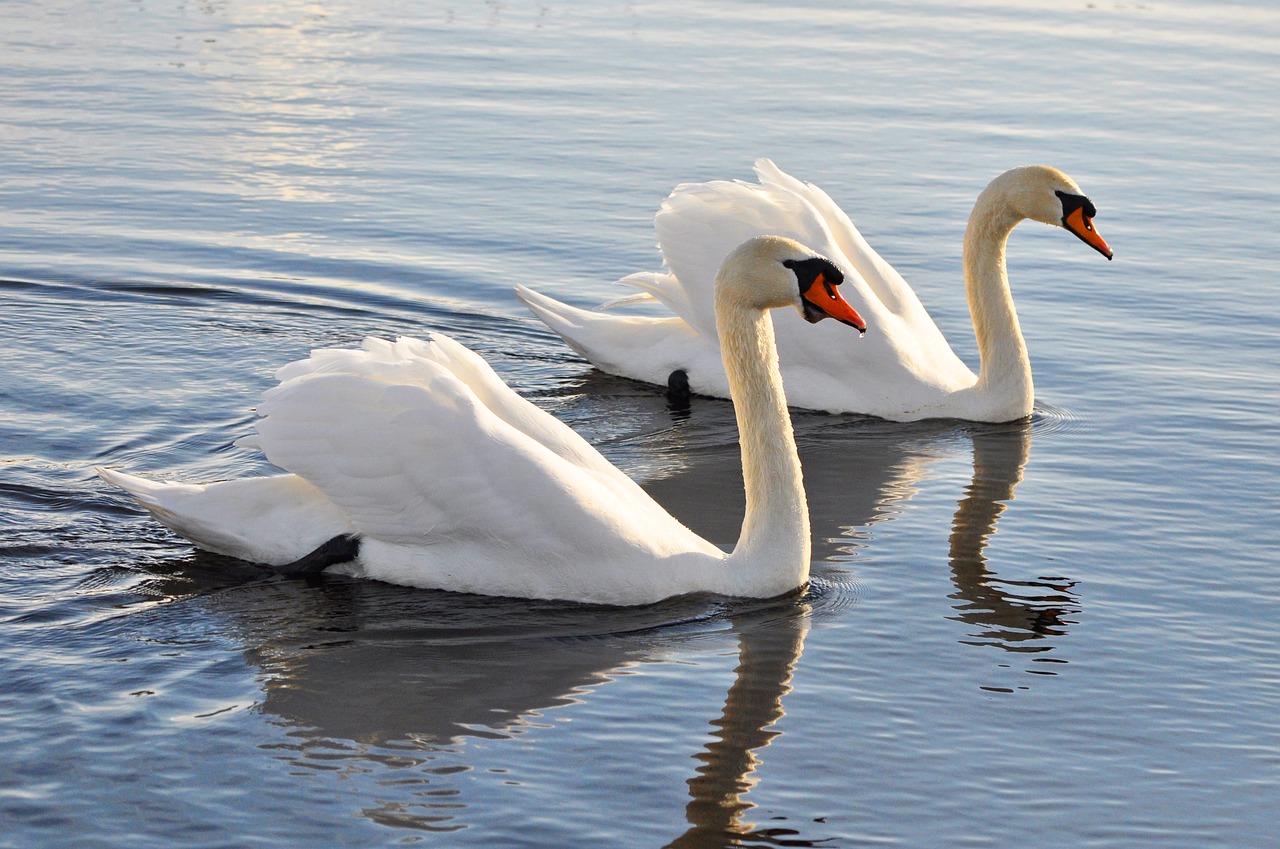Utbredning, beståndsstorlek samt långtidsförändringar i beståndens storlek hos övervintrande sjöfåglar i Sverige
DOI:
https://doi.org/10.34080/os.v1.23092Nyckelord:
inventering, populationsstudier, klimateffekterAbstract
Midwinter counts of waterfowl have been undertaken in Sweden since the start of the International Waterfowl Counts in January 1967. The present report presents data on distribution and numbers of wintering waterfowl in Sweden based on intensive counts in January 1987—1989.The distribution of the different species was compared with an earlier period of intensive counts in 1971—74, showing only small differences. On the other hand most waterfowl were markedly concentrated during the cold winter of 1987. Significantly increasing trends in numbers were found for Aythya ferina, Bucephala clangula, Mergus serrator and Cygnus olor, whereas Fulica atra increased markedly over the first years to "crash" after the 1978/79 hard winter. The other species showed fluctuations between different years, in many cases with lower indices during hard winters. Internationally, B. clangula and C. olor also showed increasing trends in NW Europe. Sweden is an important winter area for A. fuligula, B. clangula, M. merganser and C. cygnus with 13–17% of the total NW European population in Swedish waters.
Nedladdningar

Downloads
Publicerad
Referera så här
Nummer
Sektion
Licens
Författaren/författarna innehar copyright för varje enskilt bidrag, men samtliga bidrag är publicerade under en Creative Commons-licens, så att vem som helst kan dela och återanvända bidraget förutsatt att copyright-innehavaren erkänns.







